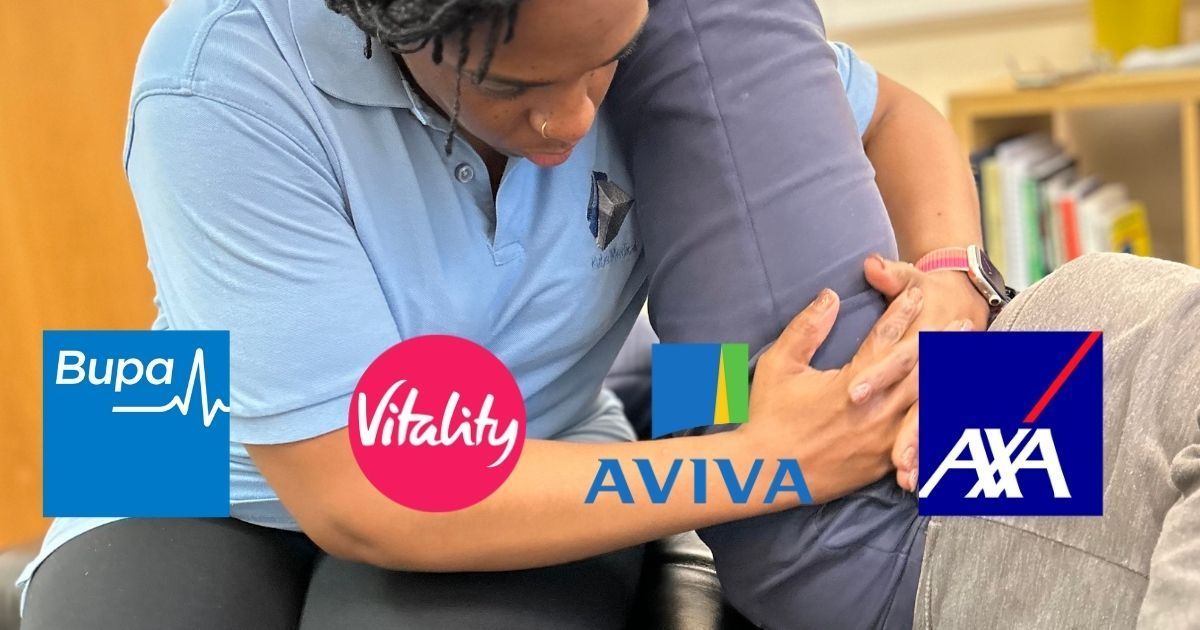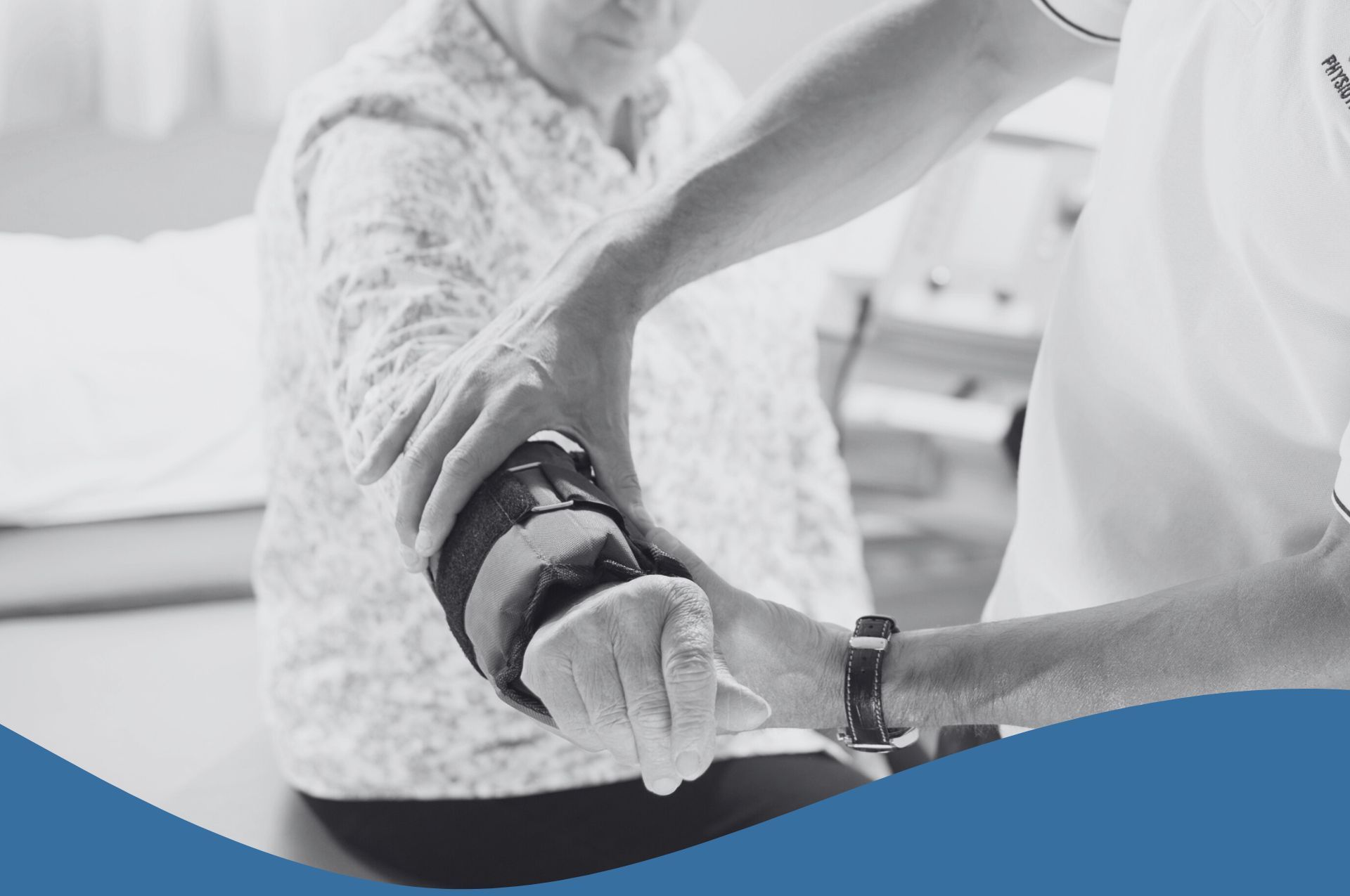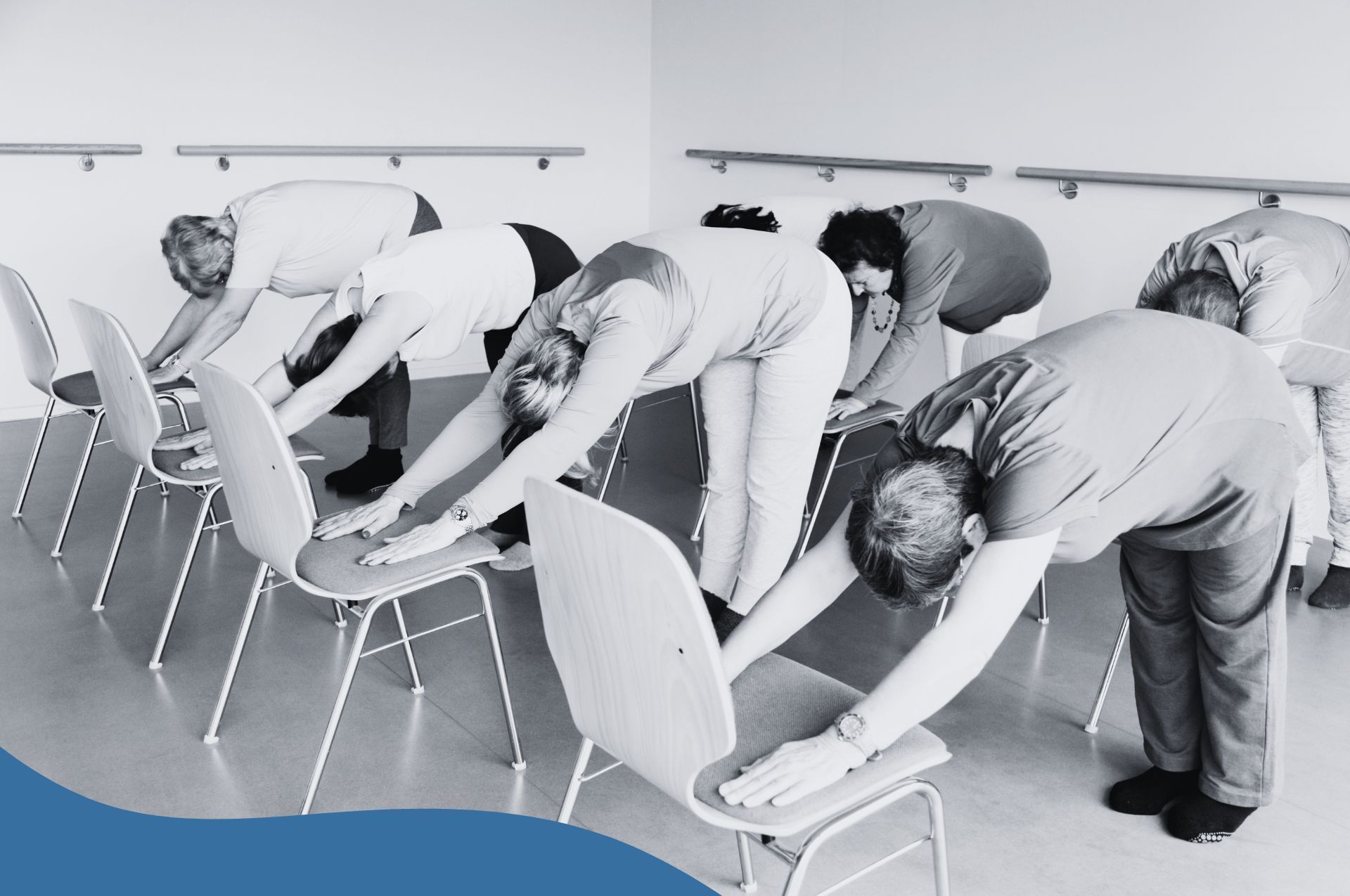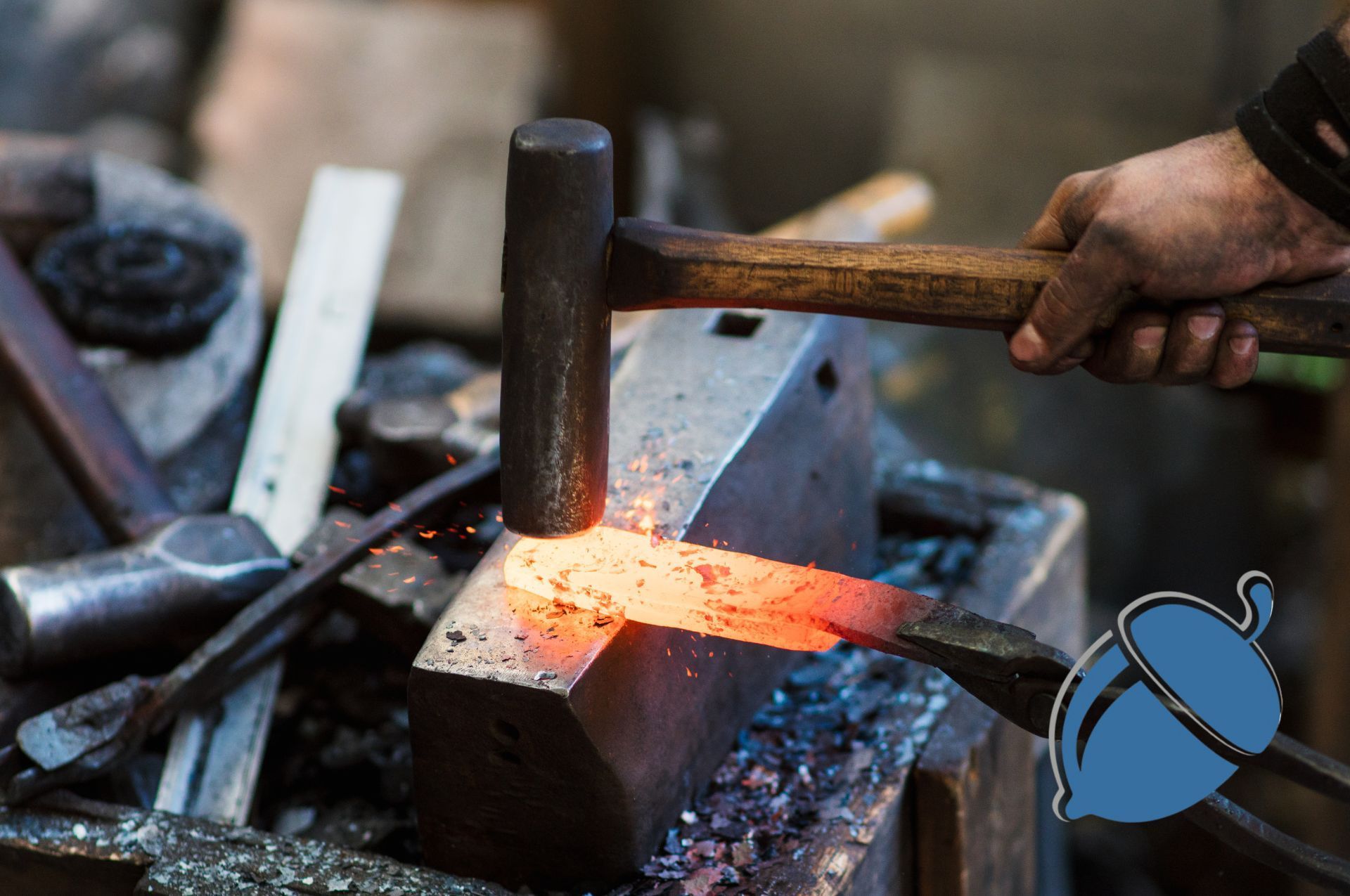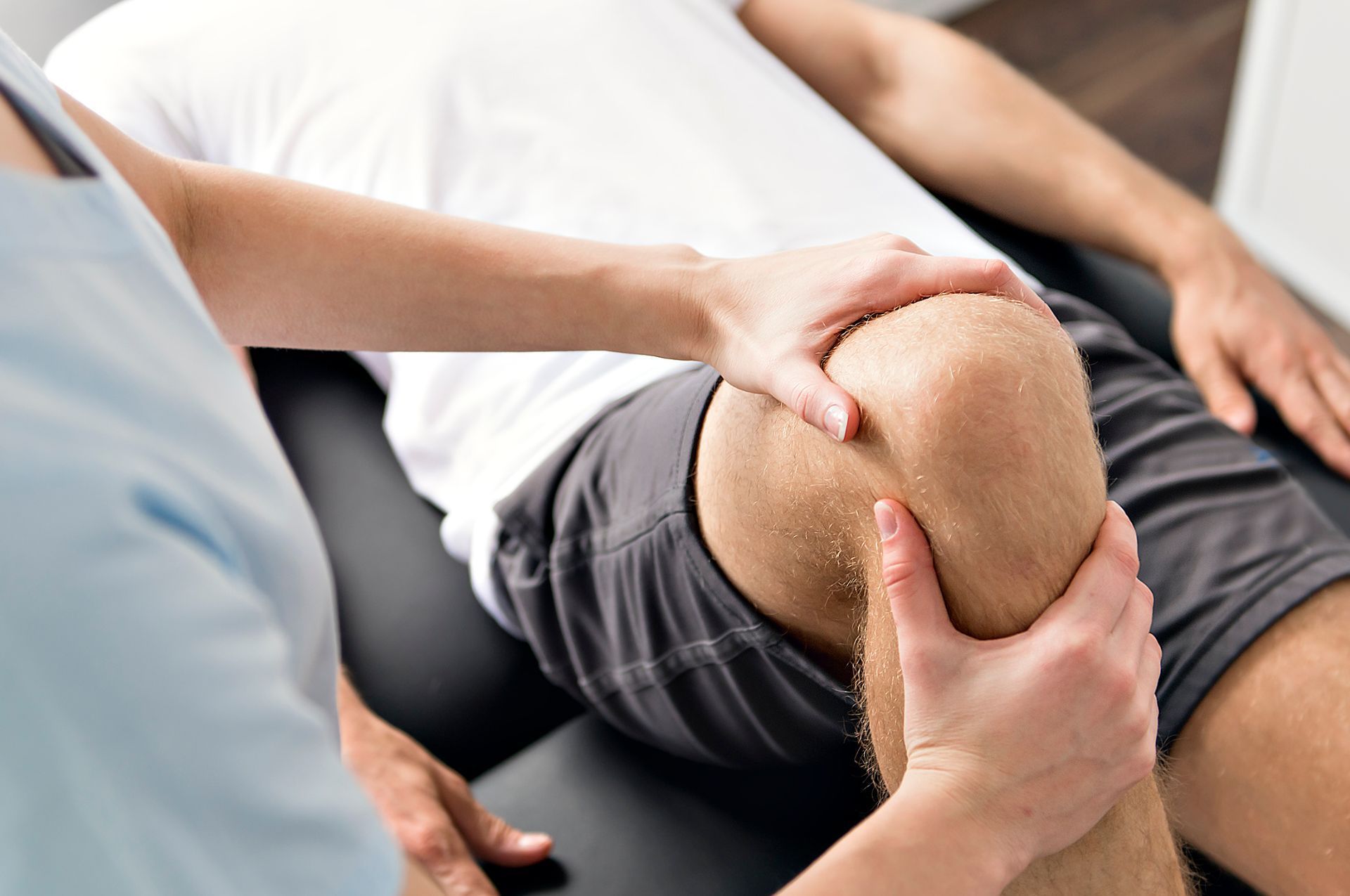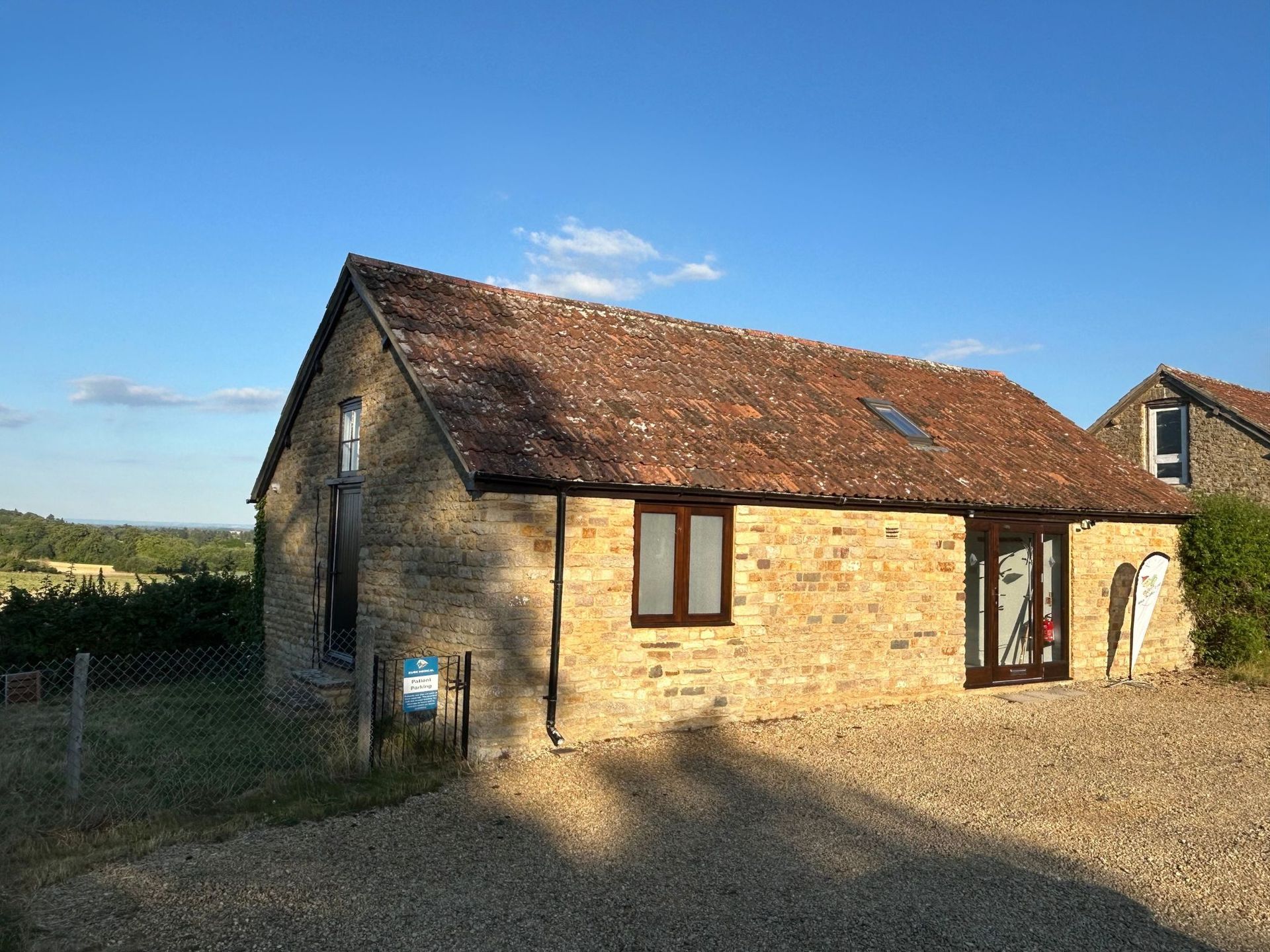As the days get shorter and the air turns crisp, many of us start dreaming about fresh powder, mountain air, and that first exhilarating run of the ski season. But before you dust off your boots, it’s worth thinking about one crucial thing: your body’s readiness.
Whether you’re a seasoned skier eager to hit the slopes from day one, or an occasional skier looking to make the most of a long-awaited trip, a little “pre-hab” — preparing your body in advance — can make all the difference between an enjoyable week on the mountain and one cut short by fatigue or injury.
⛷️ For Experienced Skiers – Maximise Performance and Prevent Injury
Even the most capable skiers can lose ski-specific strength and mobility during the off-season. A few targeted exercises can help you regain control, prevent injury, and extend your endurance on the slopes.
1. Ankle Mobility & Strength
Your ankles are the foundation of every turn. Stiffness or weakness here reduces control and transfers strain to your knees and hips.
👉 Try calf stretches, heel drops, or single-leg balance drills to rebuild ankle mobility and proprioception.
💡 If you find you can’t comfortably flex your ankles forward in your ski boots, or you feel wobbly balancing on one leg, it’s worth booking in for a physiotherapy assessment.
2. Leg Steering & Symmetry
Uneven leg strength or coordination affects your balance and edge control, especially on steep or icy terrain.
👉 Include single-leg squats, lunges, and band-resisted rotations to strengthen and balance both sides.
💡 If one side feels consistently weaker or unstable during these exercises, a professional assessment can help identify asymmetries and provide tailored corrective work.
3. Core Stability Under Load
Your core connects your upper and lower body — it’s what lets you stay centred through bumps and quick turns.
👉 Focus on planks, side planks, and rotational work like Swiss ball rollouts or standing cable twists.
💡 If you struggle to maintain form or feel your back working harder than your core, it may indicate a muscle imbalance that’s worth addressing before the season starts.
🎿 For Infrequent or Recreational Skiers – Build Confidence and Reduce Fatigue
If you only ski occasionally, it’s easy to underestimate how physically demanding it can be. Building some basic strength and endurance now will make a huge difference once you hit the slopes — and help you enjoy every run.
1. Strengthen Your Quads and Glutes
These muscles absorb shock and power every turn. Weakness here leads to early fatigue and sore thighs by day two.
👉 Try step-ups, wall sits, and slow squats. Focus on control over speed.
💡 If your knees ache or wobble during these exercises, or you find it hard to complete a few sets, you’d benefit from guided strengthening with a physiotherapist.
2. Improve Your Balance and Coordination
Balance training improves your reaction time when terrain changes unexpectedly.
👉 Practise single-leg balance (try brushing your teeth on one leg!) or use a balance board or wobble cushion. Yoga and Pilates are also great for control and awareness.
💡 If you lose balance quickly or favour one leg, it may be worth having a movement assessment to identify underlying stability issues.
3. Work on General Fitness and Mobility
Skiing challenges endurance as much as strength. A solid fitness base helps you ski longer and recover faster.
👉 Add in regular brisk walking, cycling, or swimming for cardiovascular conditioning. Combine this with gentle stretching for hip, knee, and ankle flexibility.
💡 If you’re unsure where to start, or old injuries make training difficult, a physiotherapist can design a safe, progressive programme for you.
🦵 Protecting Your Knees and Ligaments - Crucial for all skiers!
Whether you’re carving down black runs or enjoying a few gentle descents, your knees take the brunt of the forces involved in skiing. The majority of ligament injuries — particularly ACL and MCL strains — occur when fatigue sets in, often after a few days on the slopes. As muscles tire, your technique can falter, reaction times slow, and the body begins to compensate with movements that put extra stress on the joints.
The key to preventing these injuries is building endurance and control. Strength training for your quadriceps, glutes, and hamstrings is vital, but so is learning to maintain good form when you’re tired.
👉 Incorporate longer-duration exercises such as wall sits, ski squats, and controlled lunges to train both strength and stamina.
👉 Practice core and balance work to stabilise your movement patterns and reduce compensatory habits that place strain on the knees.
💡 If you notice your knees collapsing inward during squats or lunges, or you struggle to maintain alignment as you tire, it’s a sign that targeted physiotherapy could help you correct imbalances and build resilience before you hit the slopes.
🩺 Pre-Hab Isn’t Just for Athletes
You don’t need to train like a professional skier to benefit from preparation. Even two or three short sessions a week for four to six weeks can make a big difference to your performance and comfort on the slopes.
If you experience stiffness, weakness, or imbalance during your pre-hab work — or you just want reassurance that you’re training safely — it’s a good idea to get professional advice. At Kube Medical, we can assess your movement patterns, strength, and flexibility, then design a tailored plan to get you ski-fit and confident for your trip. Book a complimentary consultation call with Ski-specialist Physiotherapist, Alex, to discuss how we can help you today.
If you're ready to jump straight into treatment, book an appointment via our online diary.


